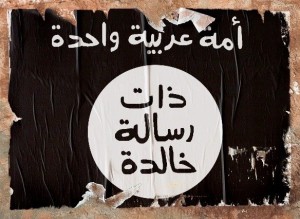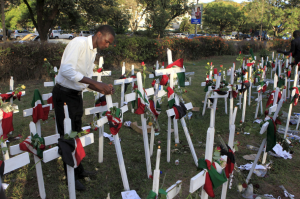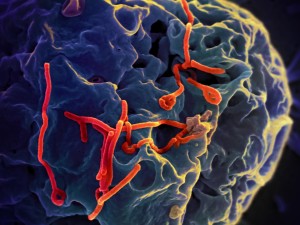Last week, over 30,000 cattle flooded the conserved plains of Laikipia, Kenya, as armed semi-nomadic pastoralists stormed tourist huts and grazing fields.
In early January, around 10,000 nomadic herders took their first attempt to drive their cattle into the settled land. However, the big hit came last week when herders returned with spears and automatic weapons, which they used to burn down huts, and slaughter animals on the way.
Laikipia, a Kenyan county planted northeast of the Great Rift Valley, is home to conservancies, private properties, and endangered wildlife.
Tensions between pastoralists and settlers are nothing new to the Kenyan county. However, some hold the belief that the invasions are thought to be a direct result of a drought that Laikpia experienced last year.
This is the perspective of Matthew Lempurkel, Laikipia’s North MP. “People are struggling over the available water and pasture for their livestock, which is our livelihood,” he reported in Kenya’s The Star this week. Pastoralists depend upon fertile grazing fields for their livestock’s survival, and when water becomes scarce, grass becomes scarce as well. According to Kenyan cabinet secretary, Mwangi Kiunjuri, it was expected that 1.3 million Kenyans would be affected by the drought. The National Drought Management Authority (NDMA) confirmed this estimate, and added that the Samburu and Pokot communities were among the most vulnerable, which is where the invading herders come from.
However, after the attacks this week, some are starting to believe in an underlying motive. In 2008, Kenya experienced a violent political episode between the current president, Mwai Kibaki, and the opposed candidate, Taila Odinga. One of the landowners believes that this invasion is a result of the political tension spilling over. “This was all planned years ago, and is designed to peak in the run-up to the elections…Votes in exchange for grass and land grabs, the seizure of Laikipia by outsiders and the expulsion of rival tribes, ranchers and conservancies.”
Another issue that the settlers are taking with this case is the indiscriminate killing of wildlife. According to reports, the herders have gone so far as to kill animals from Big Five, including six African elephants, lions, decapitated zebras, and even household dogs.
“Twenty years of time, effort, sweat, money… it’s fallen apart in two weeks, destroyed,” says conservation manager, Josh Perrett.
“Before, you would see elephant, a few hundred head of buffalo, Jackson’s hartebeest, oryx, Grant’s gazelle, impala. Now you see thousands of head of cattle, a lot of sheep and goats.”
One of the larger wildlife conservancies, who depends on donor funds to safeguard its wildlife, has already canceled a $5 million investment due to fears about the future of its wildlife. Another sanctuary for the endangered black rhino is also under serious threat.
On the other side, Max Graham, CEO of Space For Giants, attempted to explain these killings in a statement he gave last week. He said,“First, the herders are coming into conflict with elephants at water points, and shooting at them to scare them away. Second, some of these herders now in Laikipia, but not indigenous to the area, are traditionally hunters: to kill an elephant is a rite of passage in their culture.”
However, despite the relocation and devastation to wildlife, residents are also being injured in the process, including one death reported last week.
President Kenyatta has since ordered all invading herdsmen to leave the Laikipia area, but the government has yet to successfully halt the invasions.


 Second, westernizing. In the development world, this word carries a great deal of controversy. The thought of “white saviors” coming into non-Western cultures and giving them Western toys, laced with messages of “
Second, westernizing. In the development world, this word carries a great deal of controversy. The thought of “white saviors” coming into non-Western cultures and giving them Western toys, laced with messages of “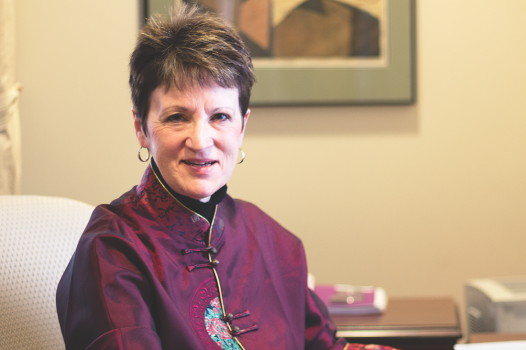
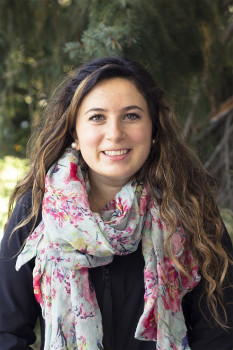
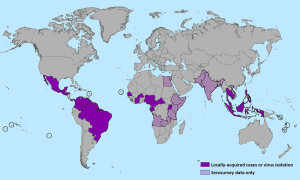 The World Health Organization (WHO) declared the virus outbreak as a “public health emergency of international concern.” Margaret Chan, director of WHO forwarded a statement to Al Jazeera on the matter—”Last year, the virus was detected in the Americas, where it is now spreading explosively. As of today, cases have been reported in 23 countries and territories in the region.”
The World Health Organization (WHO) declared the virus outbreak as a “public health emergency of international concern.” Margaret Chan, director of WHO forwarded a statement to Al Jazeera on the matter—”Last year, the virus was detected in the Americas, where it is now spreading explosively. As of today, cases have been reported in 23 countries and territories in the region.”